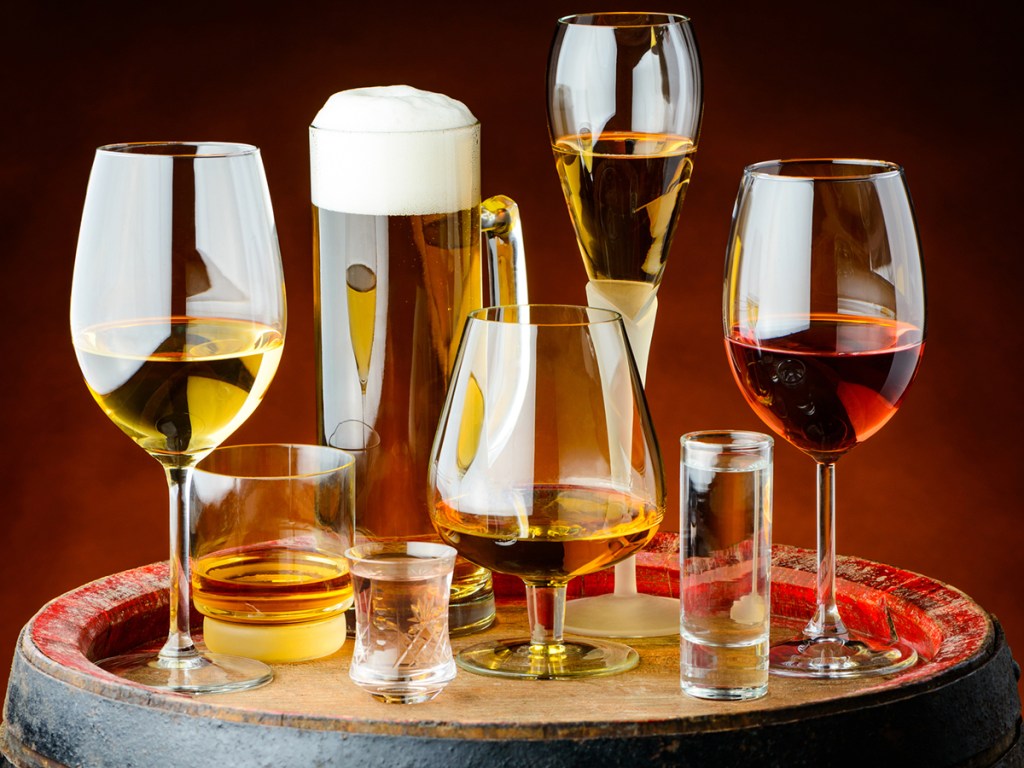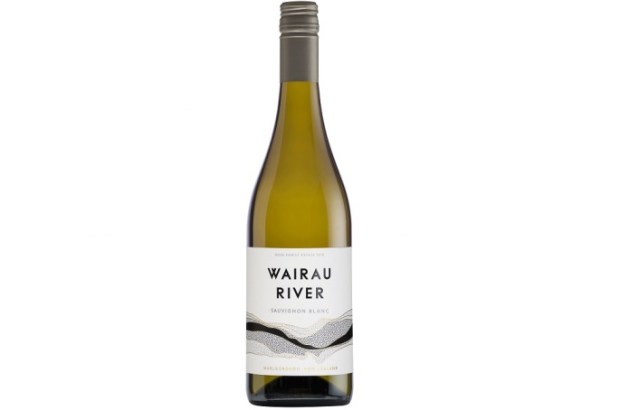Alcohol available for consumption in New Zealand decreased to 477 million litres in the year ended December 2023, a fall of 4.3% from 2022, according to statistics released by Stats NZ.
“This is the largest fall we’ve seen over the past 15 years,” says international trade manager Alasdair Allen.
“The last year was a challenging one for domestic producers, with a number of challenges including adverse weather events. We have also seen a reduction in imports of beer and wine.”
The volume of beer available fell by 13 million litres (4.4%), wine fell by 2.4 million litres (2.4%), and spirits and spirit-based drinks fell by 5.9 million litres (5.7%).
Beer volumes fall
The total volume of beer available fell 4.4%, following a rise of 0.5% in 2022 and a fall of 0.2% in 2021.
There were falls across all strengths of beer:
- Under 2.5& ABV fell 5.7% to 6.5 million litres
- Between 2.5 and 4.35% fell 6.0% to 71 million litres
- Between 4.35 and 5% fell 3.9% to 170 million litres
- Above 5% fell 3.2%, to 33 million litres.
Imports of beer decreased 5.1% to 4.2 million litres, following a 10% fall in 2022 and a 50% fall in 2021.
“The decline is indicative of the tightening economic constraints faced by consumers, which have undoubtedly contributed to subdued demand across various sectors, including hospitality,” says Brewers Association Executive Director Dylan Firth.
The adverse impact of the COVID-19 pandemic, rising costs of living, and uncertainty in the global economy have all played a role in dampening consumer spending habits.”
Firth says looking at the changes in volume across different categories of beer based on alcoholic content, it is clear the decline in consumption is widespread.
“The only bright spot was the continued growth of 0% alcohol beers which rose 8% in the last year,
combining to sit at 267% growth since 2020,” he says.
“Of particular concern is the disproportionate impact of declining beer consumption on the
hospitality sector, which heavily relies on beverage sales to sustain its operations.
“As beer volumes decrease, businesses within the hospitality industry face significant revenue losses, exacerbating existing challenges posed by staffing shortages, supply chain disruptions, and regulatory pressures.”
Wine volumes continue to fall
Volumes of wine had the smallest decrease out of the three types of alcohol available for consumption with a fall of 2.4% to 99 million litres.
The quantity of wine imported for the year ended December 2023 fell 9.9% compared with 2022, to 40 million litres. This followed a slight rise of 0.6% in 2022 and a fall of 6.0% in 2021.
Wine exports in 2023 also fell, by 9.0% compared with 2022, to 269 million litres. This followed a rise of 5.0% in 2022 and a fall of 7.3% in 2021.
Spirit-based drink volumes drop
Out of all the beverage types, spirits-based drinks such as ready-to-drink beverages decreased the most in 2023, by 7.0%. This followed a 3.8% increase in 2022 and a 14% increase in 2021.
The volume of traditional spirits, such as vodka, whisky, and gin, remained relatively flat with an increase of 1.4%.
The New Zealand Alcohol Beverages Council (NZABC) sees the decline as a positive move towards alcohol consumption in New Zealand.
“Some of this cultural change reflects that we are drinking differently including sipping and savouring a beverage and turning to low and no-alcohol beverages”, says NZABC Executive Director, Virginia Nicholls.
“We are encouraged by this continuing change, including a reduction in hazardous drinking, however we still have a way to go,” she says.
How to catch up with The Shout NZ…
Online, updated daily with its own unique content and breaking news.
Our weekly newsletter – free to your inbox! Subscribe here.
We are also on Facebook and Instagram!




